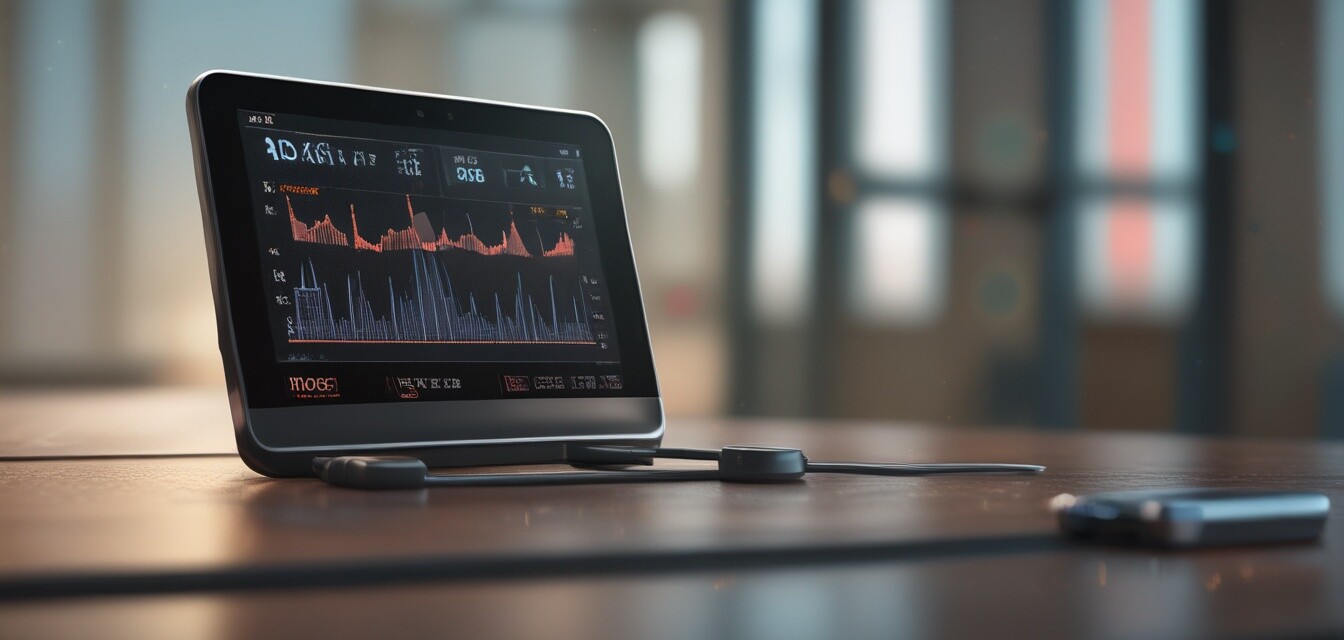
The Role of Biometric Data in Personalized Fitness
- Biometric data can track key health metrics such as heart rate, sleep patterns, and activity levels.
- Personalized fitness routines can adapt to individual progress and preferences.
- Wearable technology is leading the way in collecting and utilizing biometric data.
- Integration of biometric data with fitness apps enhances user experience and motivation.
- Understanding biometric insights helps individuals make informed fitness decisions.
In an era where technology and fitness merge seamlessly, biometric data is at the forefront of personalized fitness. As people seek tailored workouts that align with their unique health metrics, understanding how to harness this data becomes crucial. This article explores the impact of biometric data on fitness routines and how it influences individual health journeys.
Understanding Biometric Data
Biometric data refers to the unique physical characteristics that can be measured and analyzed, often provided by wearable devices. These metrics can include:
- Heart rate
- Blood pressure
- Body temperature
- Activity levels
- Sleep patterns
Being aware of these metrics allows individuals to better understand their bodies and adjust their fitness strategies accordingly. For those interested in outdoor workouts, tracking heart rates and activity levels can provide deeper insights into performance.
The Benefits of Biometric Data in Personalization
The incorporation of biometric data into fitness routines presents several advantages that can help individuals achieve their goals more effectively:
- Customized routines: Fitness programs can be tailored to an individual’s needs based on the data collected.
- Motivation: Seeing real-time progress can inspire individuals to push through barriers.
- Accountability: Regular tracking of metrics ensures that individuals remain accountable for their fitness journeys.
Wearable Technology: The Driving Force
Wearable devices are revolutionizing how people approach fitness. These include smartwatches, fitness trackers, and heart rate monitors. According to a study in the career section of Nerds Fitness, wearable technology enables continuous monitoring of personal health metrics, making it one of the most effective tools for personalized fitness.
Integration with Fitness Apps
The synergy between wearable devices and fitness applications further enhances the benefits of biometric data. These apps can:
- Compile biometric data from various devices.
- Analyze the data to generate personalized fitness recommendations.
- Provide tracking capabilities for goals set by the user.
- Enable sharing of progress with trainers or peers for additional motivation.
Challenges and Considerations
While biometric data offers transformative benefits, there are also challenges to consider:
Pros
- Enhanced understanding of personal health metrics
- Data-driven decision making for fitness
- Increased engagement and commitment to fitness goals
Cons
- Data privacy concerns with personal health metrics
- Dependence on technology can overshadow natural listening to the body
- Potential inaccuracies in data due to tech limitations
Conclusion
Biometric data is solidifying its role as a cornerstone of personalized fitness. As individuals become more informed about their health metrics, they can tailor their fitness routines to match their unique needs. With the integration of wearable technology and fitness applications, the future of fitness is becoming increasingly data-driven.
Future Trends in Biometric Fitness
Looking ahead, advancements in biometric technologies will likely expand the types of data that can be collected. New research may lead to even more personalized insights. For more on the latest trends in fitness technology, check out our News and Trends section.
Additional Resources
For those looking to delve deeper into the world of personalized fitness and technology, consider exploring the following sections: